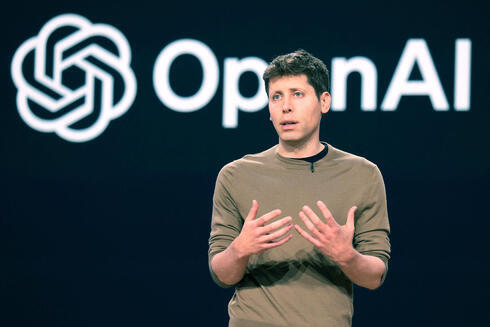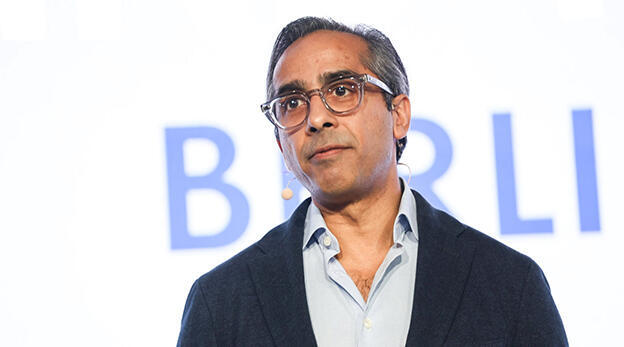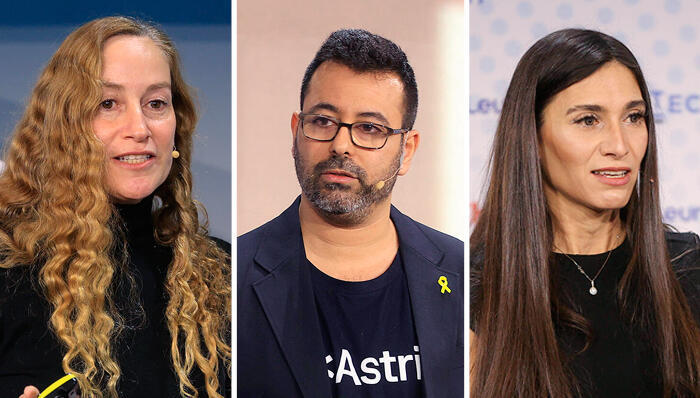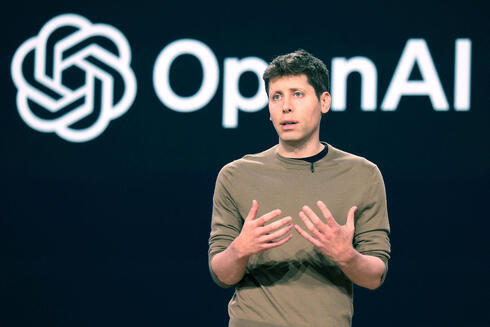
OpenAI surges to $10B revenue run rate, cementing AI market dominance
New figures reveal explosive growth, and a vision for a $174B-a-year future.
In a sign of both commercial dominance and strategic acceleration, OpenAI has revealed that its annualized revenue run rate has doubled since late 2024, surging to $10 billion as of June. The milestone underscores the company’s central role in the global AI boom, and the increasingly stark divide between OpenAI and its rivals.
While the company posted a $5 billion loss last year, its path to profitability now seems more credible. With momentum like this, OpenAI appears firmly on track to meet its ambitious internal target of $12.7 billion in 2025 revenue. This figure does not include the company’s lucrative licensing deal with Microsoft or other large one-time contracts, suggesting that its core product revenue alone is fueling this rapid growth.
The numbers validate OpenAI's monetization playbook: converting mass consumer interest in ChatGPT into business subscriptions and premium tiers at an unprecedented scale. Since launching the chatbot in late 2022, OpenAI has added a range of offerings, from enterprise integrations to developer APIs. As of March, the company had reached 500 million weekly active users.
Yet the new financial data does more than illustrate explosive growth, it reveals OpenAI’s long-game vision and how far it's willing to go to build infrastructure for an AI-first economy. According to internal projections disclosed earlier this year, the company expects annual revenue to reach $13 billion in 2025, more than 250% above last year’s $3.7 billion. By 2029, OpenAI forecasts $125 billion in revenue, surging to $174 billion by 2030.
The roadmap also suggests a tectonic shift in business strategy. While ChatGPT currently drives most of OpenAI’s revenue - $8 billion projected this year - the company expects future growth to come from “AI agents”: task-completing autonomous systems that represent the next frontier of consumer and enterprise automation. Executives are reportedly considering monetization models beyond subscriptions, including commissions on AI-initiated transactions and even advertising within chat interfaces.
Such growth, however, comes at a staggering cost. The company anticipates spending $46 billion over the next four years, driven by both infrastructure demands and research investments, before turning cash flow positive in 2029.
All of this marks a high-stakes moment not just for OpenAI, but for the generative AI sector as a whole. While startups like Anthropic are gaining traction, recently hitting a $3 billion annualized revenue run rate, OpenAI's lead in scale and user adoption appears formidable.














